Hallo!
I had been asked what markings are missing on the Italian reproductions relative to (so-called) "de-farbing" efforts or services. I had said that along the lines of RM's, M's, R's, and Carbines, one can "de-farb' away the modern Italian markings/stampings, but when it came to revolvers the Period markings are more complex and difficult/next to impossible to add. Reasons being repro revolvers are hard steel and hard to stamp by hand (sans heavy striking arbors are better yet hydraulinc presses) and there traditionally NOT BEING sufficient market demand for a lad to recoup/recover the expense of having hardened steel stamps made and the machines to use them.
As a result, with the exception of "Colt" marketed (but not made) Italian/Iver Johnson Colt "2nd Generation" BP revolvers, or "3rd Generation aka Signature Series" with the signatures removed from the grip frame... sadly but realisticaly the "best" or most "authentic" option open to us is to simply remove the bogus Italian markings (required to be there by Italian gunmaking laws plus the free advertising for the American importer's buisness name and/or location).
(And recolor the bogus modern Italian finishes, and either replace the grips with American Black Walnut or "color-fake' tint/stain and refinish the grips...)
And from a "Purist" POV, even the 30 some year old "Colt" "BP 2nd Genration" line will lack the random and varied small single letter or single number stamps of the sub-inspectors on various parts.
Anyways, here is a "photo montage" of typical, NUG, Period Colt revolver markings to help illustrate the "defarb' discussion:
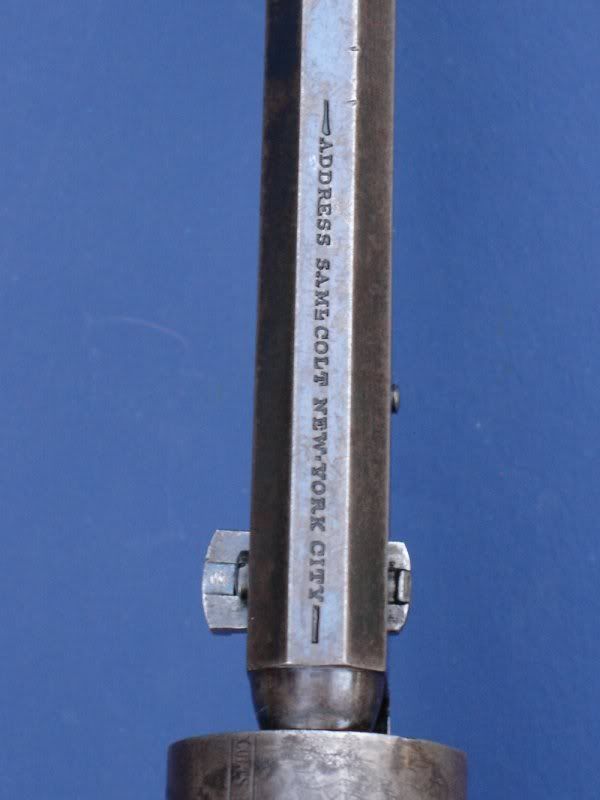



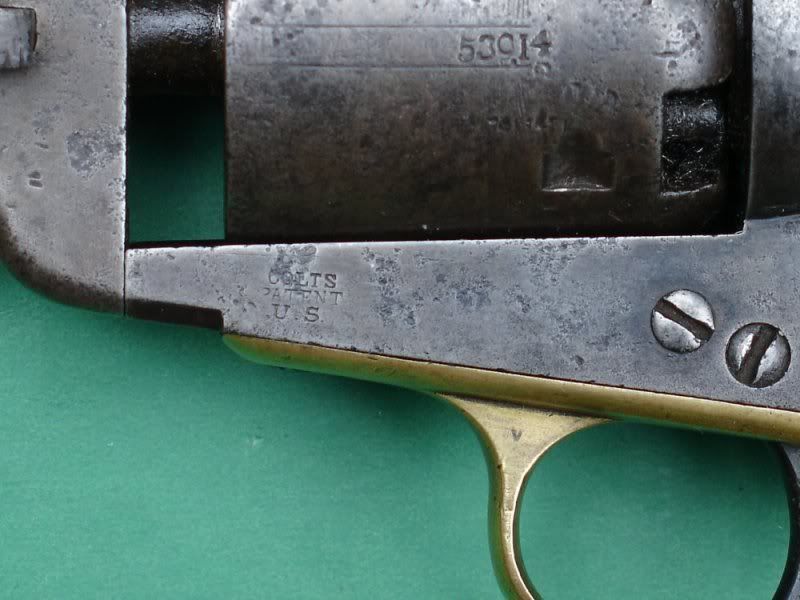
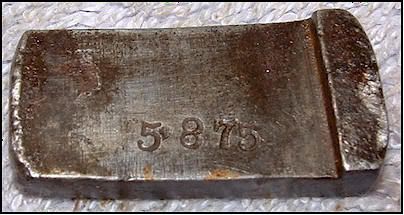
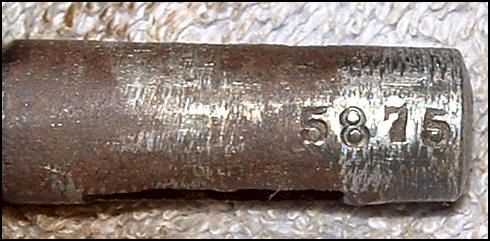

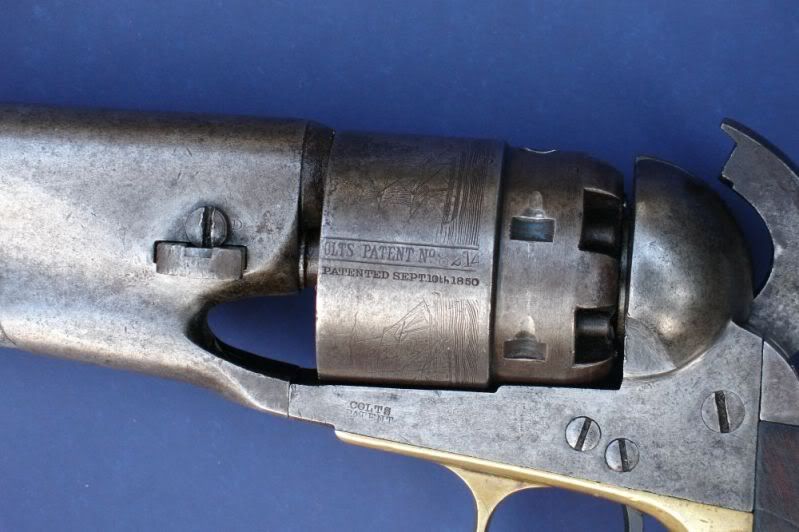
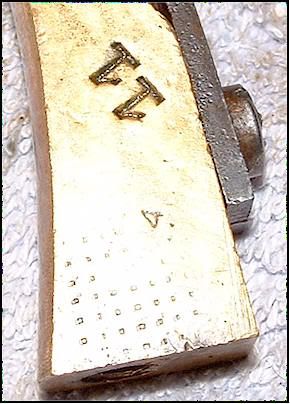
Curt
I had been asked what markings are missing on the Italian reproductions relative to (so-called) "de-farbing" efforts or services. I had said that along the lines of RM's, M's, R's, and Carbines, one can "de-farb' away the modern Italian markings/stampings, but when it came to revolvers the Period markings are more complex and difficult/next to impossible to add. Reasons being repro revolvers are hard steel and hard to stamp by hand (sans heavy striking arbors are better yet hydraulinc presses) and there traditionally NOT BEING sufficient market demand for a lad to recoup/recover the expense of having hardened steel stamps made and the machines to use them.
As a result, with the exception of "Colt" marketed (but not made) Italian/Iver Johnson Colt "2nd Generation" BP revolvers, or "3rd Generation aka Signature Series" with the signatures removed from the grip frame... sadly but realisticaly the "best" or most "authentic" option open to us is to simply remove the bogus Italian markings (required to be there by Italian gunmaking laws plus the free advertising for the American importer's buisness name and/or location).
(And recolor the bogus modern Italian finishes, and either replace the grips with American Black Walnut or "color-fake' tint/stain and refinish the grips...)
And from a "Purist" POV, even the 30 some year old "Colt" "BP 2nd Genration" line will lack the random and varied small single letter or single number stamps of the sub-inspectors on various parts.
Anyways, here is a "photo montage" of typical, NUG, Period Colt revolver markings to help illustrate the "defarb' discussion:










Curt






Comment